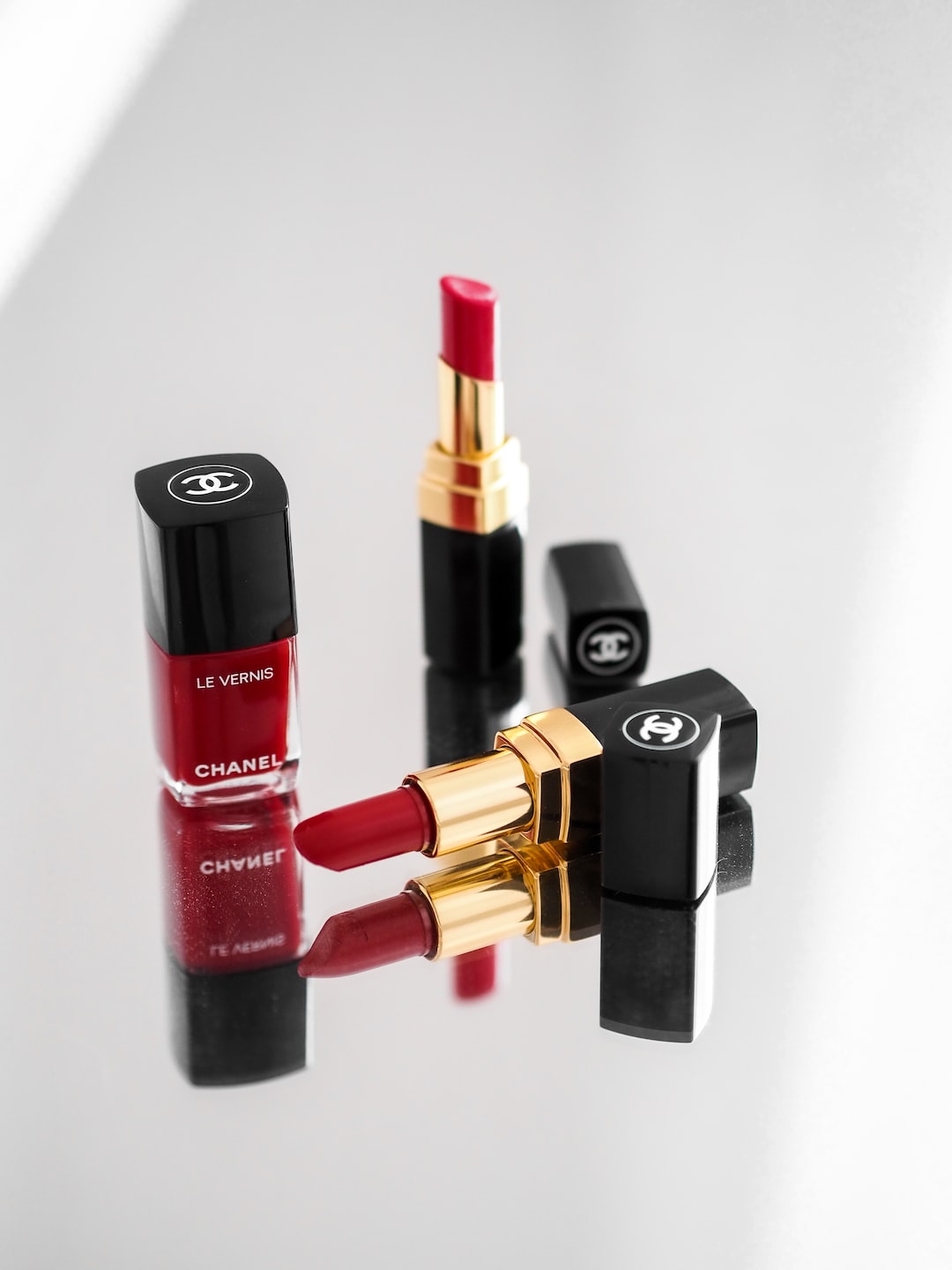Everyone wants to look and feel younger, which is why the market for anti-aging creams keeps booming. But with so many products available, it’s hard to decipher which ones actually work. In this blog post, we’ll explore the science behind anti-aging creams to uncover what truly delivers results.
To understand how anti-aging creams work, we first need to understand the causes of aging. One major factor is the loss of collagen and elastin in the skin. These proteins provide structure and elasticity, but over time, our bodies produce less of them, leading to sagging and wrinkles. Another culprit is free radicals, which are unstable molecules that damage cells and accelerate aging. Furthermore, exposure to the sun’s harmful rays also contributes to premature aging.
With this knowledge, scientists have been formulating anti-aging creams to tackle these issues. The most effective creams use active ingredients that have been scientifically proven to promote collagen production and protect against free radicals. Let’s dive into some of these ingredients and their benefits.
Retinol: Retinol, a derivative of Vitamin A, is one of the most studied and effective anti-aging ingredients. It increases collagen production, reduces fine lines and wrinkles, and improves skin tone and texture. Retinol also helps to exfoliate the skin, removing dead skin cells and promoting cell turnover.
Hyaluronic Acid: Hyaluronic acid is a natural sugar found in our bodies that helps retain water and keep our skin hydrated and plump. As we age, the production of hyaluronic acid decreases, resulting in dry and sagging skin. Anti-aging creams with hyaluronic acid can help replenish moisture levels, reducing the appearance of wrinkles.
Antioxidants: Antioxidants, such as vitamins C and E, help neutralize free radicals and protect the skin from environmental damage. These ingredients not only prevent premature aging but also help repair existing damage, improving the overall health and appearance of the skin.
Peptides: Peptides are small chains of amino acids that stimulate collagen production and aid in skin repair. These powerful ingredients can minimize the appearance of wrinkles and help improve skin elasticity, resulting in firmer and smoother skin.
While these ingredients have proven efficacy, it’s important to note that the concentration and formulation also play a crucial role. Higher concentrations of active ingredients are generally more effective, but they can also lead to skin sensitivity. Always follow the instructions provided and perform a patch test before using a new product.
In conclusion, while the science behind anti-aging creams is backed by research and evidence, not all products are created equal. Look for creams containing well-studied ingredients like retinol, hyaluronic acid, antioxidants, and peptides in effective concentrations. Additionally, don’t forget to protect your skin from environmental damage by wearing sunscreen daily. By understanding the science behind anti-aging creams and choosing the right ones, you can take a step towards maintaining youthful and healthy-looking skin.

